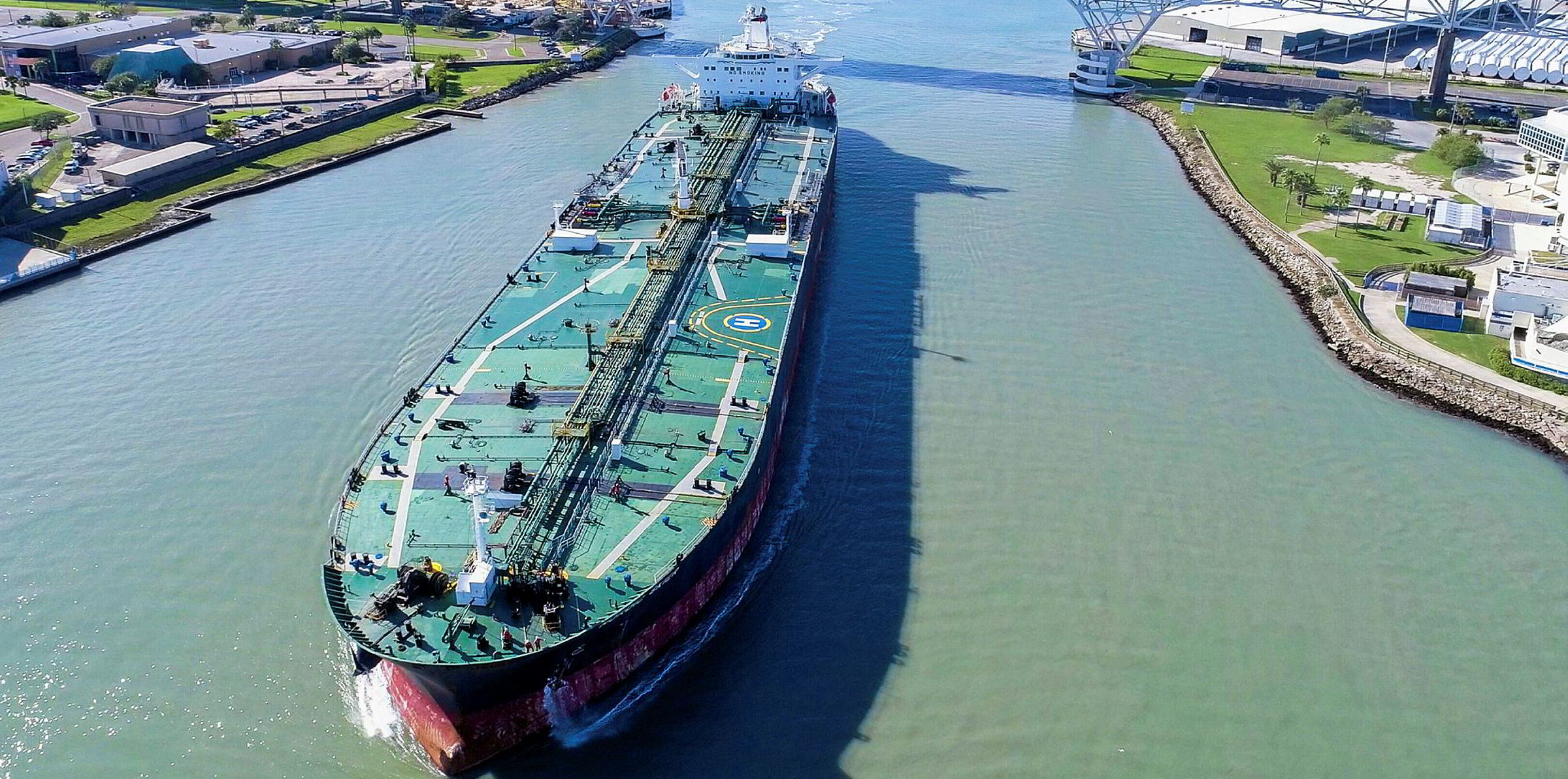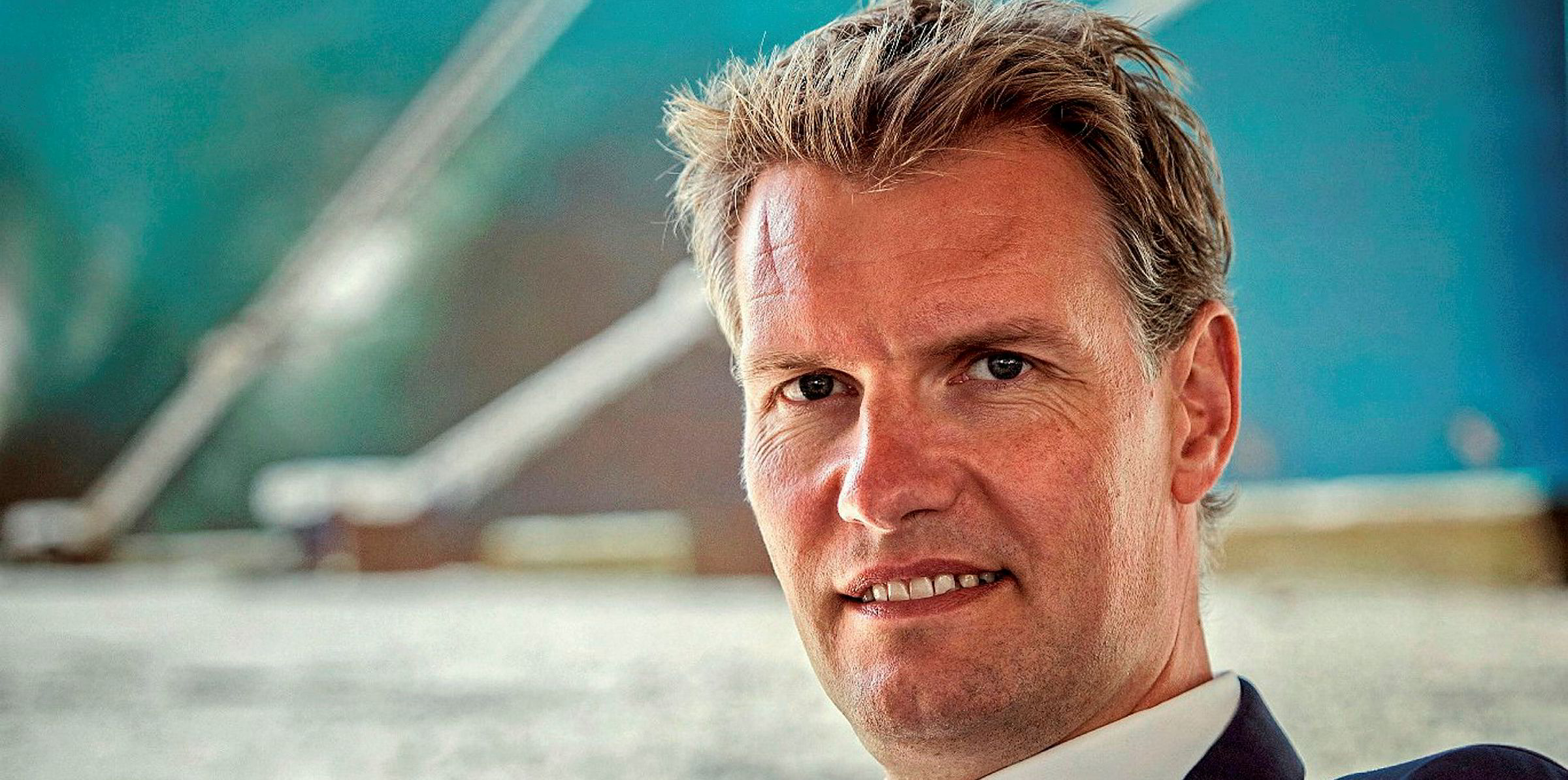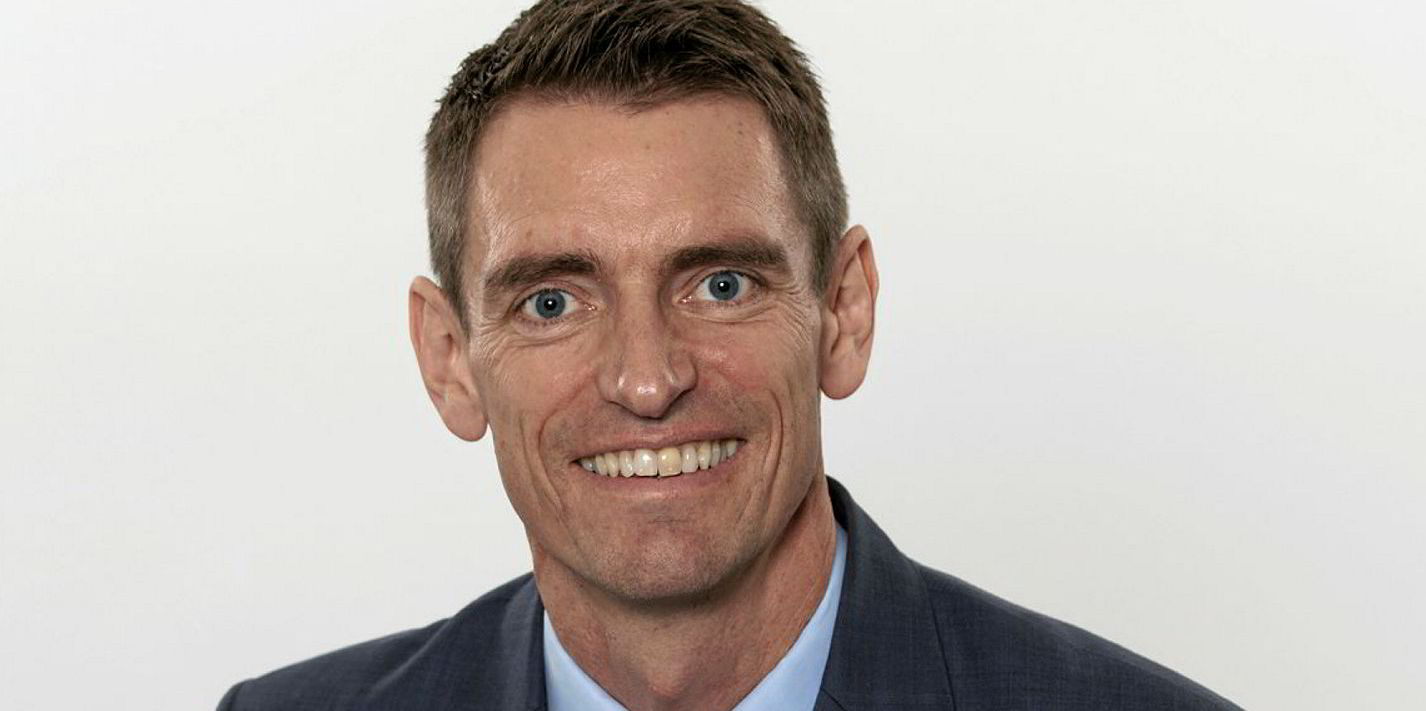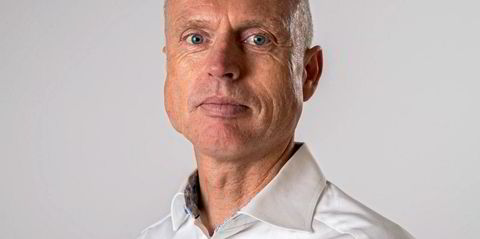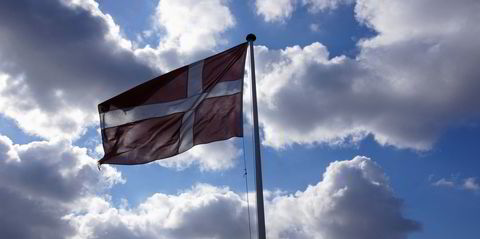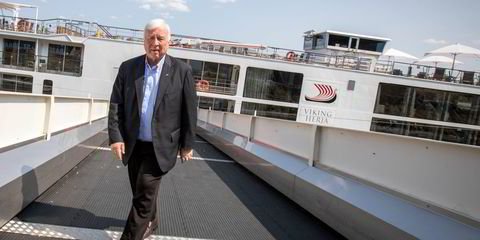Trafigura saw its total CO2 emissions jump by 26% last year with shipping accounting for 89% of its greenhouse gas (GHG) inventory.
Its total emissions were reached a total of 7.99 million tons against the 6.4 million tonnes in 2018, the company said in its 2019 Responsibility report.
It attributed the increase to increased volumes traded, changes in its asset portfolio and more comprehensive reporting.
Shipping operations emitted 7.1 million tonnes of CO2 last year, versus 5.77 million tonnes in 2018.
Time-chartered in tankers accounted for 41% of shipping’s CO2 emissions last year, with spot-chartered tanker tonnage accounting for another 18%, while owned tonnage chipped in a further 13%.
Spot-chartered bulkers accounted for 15% of shipping's CO2 emissions in 2019, with bulkers on longer time charters contributing 13% of the total.
Trafigura said there has been “significant improvements” in the depth and quality of reporting during 2019, with submissions now at gold and silver level in most areas of the business, with “increasingly accurate estimates” of emissions intensity being derived for many locations and activities.
However, the it said that on some occasions it did find errors in reporting, as was the case with its tanker spot chartering activities in 2018.
It said the number of these charters, and hence their emissions, had been “under reported” and that it was now working to improve the accuracy of emissions reporting from tanker spot charters.
Trafigura said it has been working with external consultancy University Maritime Advisory Services (UMAS) to calculate the emissions resulting from its tanker spot chartering.
It provides UMAS with details of spot-chartered oil tankers, including the start and end date of each charter period.
UMAS is said to combine this data with the IMO Automatic Identification System (AIS) database on global shipping voyages to determine the route, tonnage, implied fuel use for each vessel and emissions associated with each voyage.
“In 2019, we improved the accuracy of the list of tanker spot charters shared with UMAS, although we recognise we need to further improve our internal processes to track each wet spot charter journey,” it said.
For chartered vessels, Trafigura admitted that it has “further to go” before it has the access required for the data it needs.
“Where we purchase the fuel and have control of the route, we can calculate the resulting emissions. However, with spot-chartered vessels, the contractor is responsible for fuel consumption and route management. This makes it difficult for us to identify the related emissions,” it said.
“To address this, we now request that vessel owners report bunker fuel use directly to us as we believe this is the best way to obtain reliable data.
“While it will take a year or so for this process to be fully implemented, ultimately it will enable us to report accurately on emissions from chartered vessels.”
“Ship-based transportation accounts for the majority of Trafigura’s CO2 emissions,” the Swiss-based commodity trader said.
“Various operational initiatives, including route optimisation, are improving the fuel efficiency for our controlled and chartered vessels.
“We are also building new vessels, specified to exceed Energy Efficiency Design Index (EEDI) efficiency requirements.
“We are leading the way in our peer group by understanding our emissions intensity – defined as emissions associated with moving one tonne of commodity one kilometre or nautical mile – and intend to set GHG emission reduction targets in 2020,” it said.
